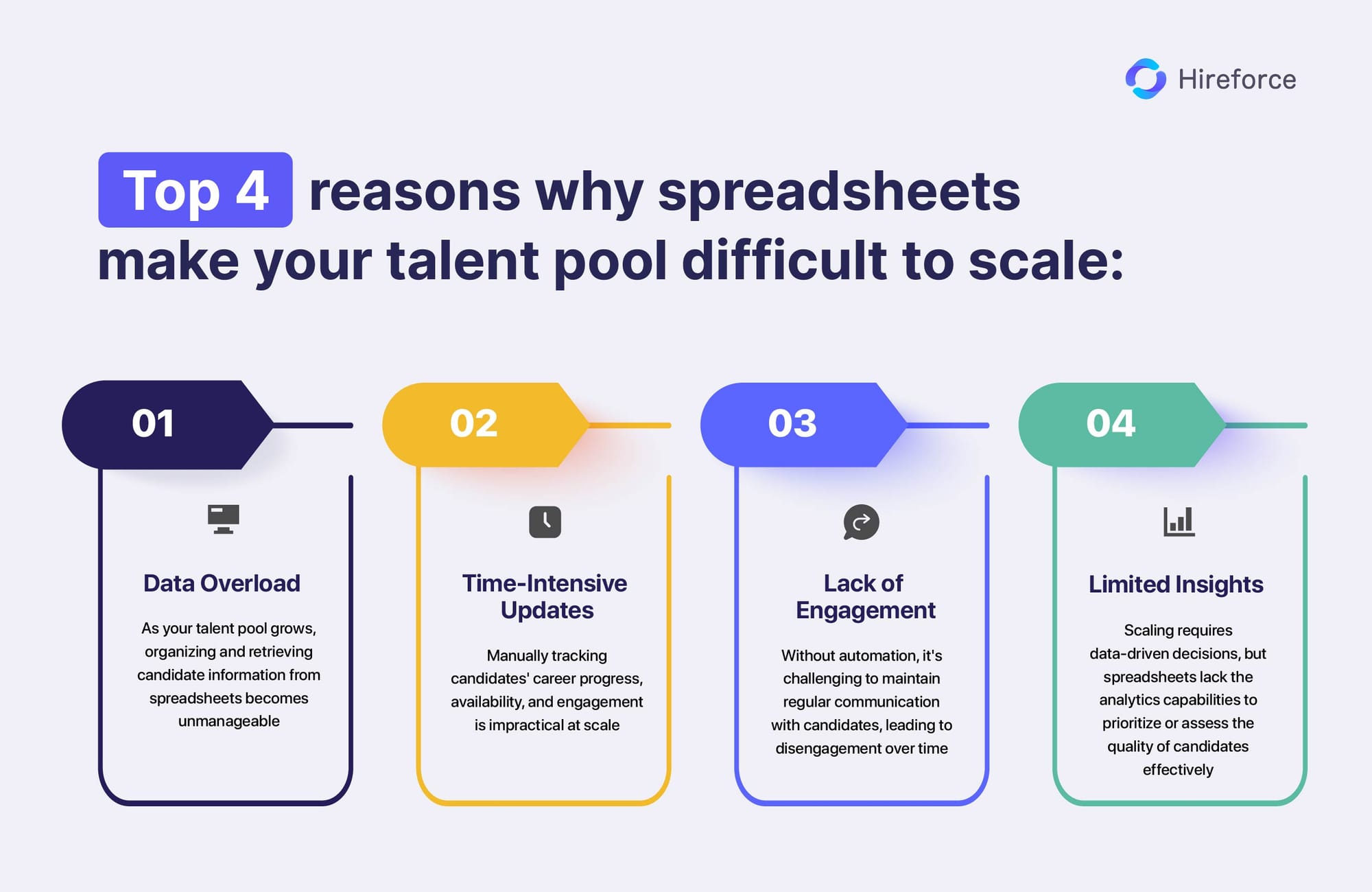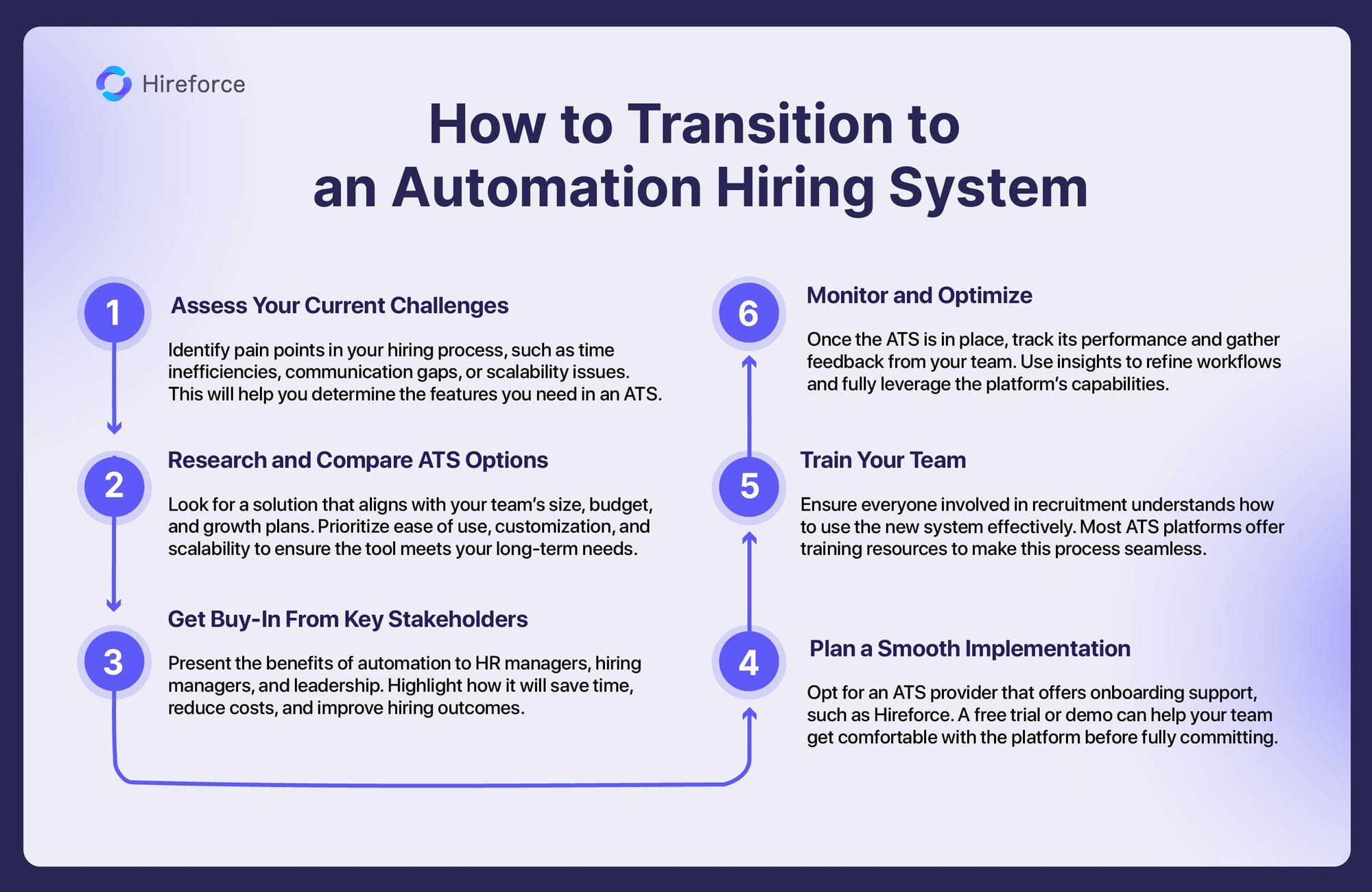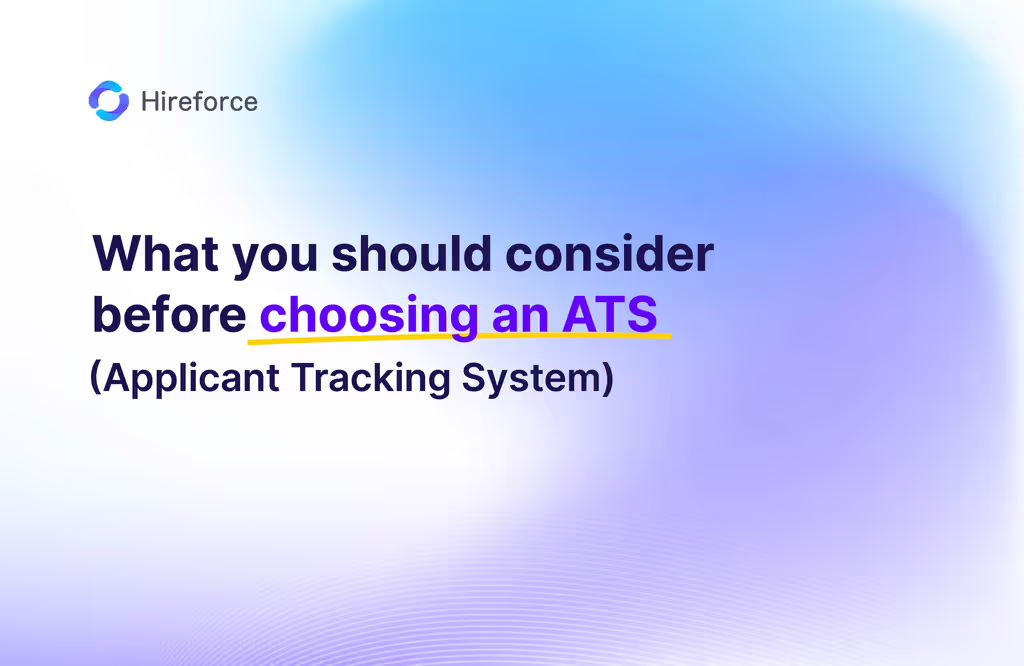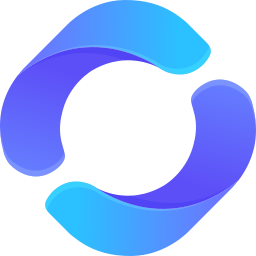Hiring is one of the most critical areas for startups and SMEs where inefficiencies can impact growth and success. If your current hiring process feels like it's slowing you down, it might be time to consider automation hiring. Let's explore how to identify the signs that your team needs to transition, the costs of manual hiring versus automation, and the benefits of adopting an Applicant Tracking System (ATS).
Know When the Current Hiring Process Is Holding Your Team Back
1. Too much time spent on repetitive tasks
The typical hiring process using spreadsheets often involves manual data entry, sorting, and constant updates. While spreadsheets might seem manageable for a small team, they quickly become cumbersome as the volume of candidates increases. HR professionals may spend hours updating rows and columns, screening resumes manually, and coordinating interview schedules tasks that could otherwise be automated. This excessive time spent on administrative work delays decision-making and reduces team productivity.
2. Human error
Human error in recruitment typically arises from manual processes that rely heavily on individuals for data management, communication, and decision-making. These errors might include overlooking qualified candidates, misplacing resumes, sending incorrect interview invitations, or failing to follow up with applicants promptly. Such mistakes harm the candidate experience and can lead to biased or inconsistent hiring decisions, ultimately affecting the company's employer brand and long-term talent acquisition goals.
Humans are prone to biases, fatigue, and errors in judgment, which can lead to inconsistent and unfair hiring decisions. Automated systems, on the other hand, can apply consistent criteria to all applicants, reducing the risk of bias and improving the overall quality of hires.

3. Inconsistent hiring practices
Without standardized workflows, managers may approach hiring inconsistently, leading to potential biases and a lack of quality control. Automation can ensure a unified, fair process for all candidates.
4. Difficulty managing a growing candidate pool
If your business now opens 3-4 positions a month, it is extremely competitive to fill the vacancies, especially for high-level roles. A well-maintained talent pool provides quick access to pre-vetted candidates, allowing your business to fill roles faster as you grow. This agility is critical in competitive markets where top talent is in high demand. Moreover, consistent engagement with your talent pool enhances candidate relationships, builds a positive reputation, and ensures they consider your company for future opportunities.
A typical small company's talent pool might include 50 to 300 candidates, depending on the industry and hiring frequency. For example, a startup in the tech sector might maintain a pool of 200 engineers and developers to support ongoing project needs. However, even with smaller volumes, manually tracking candidates' skills, availability, and interactions can become a challenge without proper tools.

5. Low collaboration and visibility
The hiring process usually involves multiple stakeholders, such as HR managers, talent acquisition specialists, department heads, hiring managers, and occasionally external recruiters. CEOs or founders may also play a role depending on the organization, especially in small companies. Each stakeholder contributes to different aspects, such as sourcing, screening, interviewing, and decision-making.
Given the multitude of roles involved, coordinating everyone without a unified system is complicated by design, primarily since a company may frequently open jobs and/or conduct multiple interviews simultaneously. Some notable struggles include sharing real-time updates, tracking candidate progress, and managing feedback effectively.
Miscommunication can delay scheduling interviews, duplicate efforts, or even overlook qualified candidates. Limited visibility into the hiring pipeline makes identifying bottlenecks or tracking performance metrics harder.
Consider a scenario in which the HR team schedules a candidate for an interview, but the recruiter doesn't inform the hiring manager due to a lack of communication. The manager might miss the meeting entirely, leading to a poor candidate experience and wasted effort. Worse, if feedback isn't correctly recorded, the team may unknowingly reject a top talent, delaying the hiring process and impacting business goals. Such issues highlight the importance of effective communication and visibility.
The Cost of Manual Hiring vs. Automation
Hiring the right talent is a critical investment, but relying on manual hiring processes can be expensive. Factors such as time-consuming administrative tasks, inconsistent evaluations, and prolonged hiring cycles may drain your hiring team's productivity. All of these, if left unchecked, can lead to expensive mistakes. On the other hand, automation streamlines recruitment, reducing inefficiencies and improving hiring outcomes. So, it's better to understand the financial, time, and opportunity costs of manual hiring versus automation, which can help businesses determine when it's time to make the switch.
Manual Hiring:
- Time Costs: Hours spent on administrative tasks add up quickly, taking time away from strategic activities.
- Financial Costs: Poor hires due to rushed or inefficient processes can cost your company 30% of the employee's annual salary.
- Opportunity Costs: Delays in filling roles can impact productivity, team morale, and business growth.
Automation Hiring:
- Time Savings: Automating repetitive tasks like resume parsing and interview scheduling reduces the hiring cycle, enabling faster decision-making.
- Financial Savings: An ATS can reduce your business's costs over time by improving the quality of hires and reducing time to fill.
- Scalability: Automation grows with your company, handling larger candidate volumes effortlessly.
Making the Switch to an Automated Hiring System: A Step-by-Step Guide
Transitioning from manual recruitment processes to an automation-driven hiring system can significantly improve efficiency, reduce hiring costs, and enhance the candidate experience. However, to maximize the benefits of automation, businesses need a structured approach to implementation. Below are 6 key steps for a smooth transition to and avoiding disruption in your recruitment process.


Read more
Key Takeaways
- Manual hiring processes are costly and inefficient. Repetitive tasks, human error, and inconsistent workflows can slow recruitment and impact business growth.
- Automation saves time and improves hiring quality. An ATS streamlines resume screening, interview scheduling, and candidate management, reducing hiring bottlenecks.
- Scalability is essential for growing businesses. As hiring needs increase, automation ensures a structured and efficient process without overwhelming HR teams.
- Collaboration and visibility improve with the right tools. An ATS centralizes hiring data, making it easier for recruiters, managers, and decision-makers to stay aligned.
- Now is the time to evaluate your hiring process. If your team spends too much time on administrative tasks or struggles with hiring consistency, an ATS like Hireforce can help optimize your recruitment strategy.
👉 Ready to streamline your hiring? Try Hireforce for free and experience the benefits of automation firsthand.





